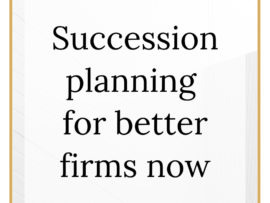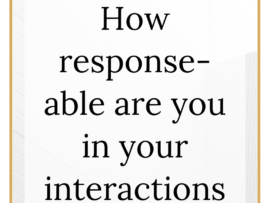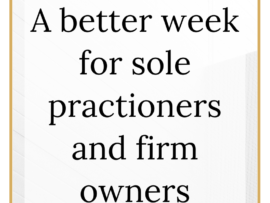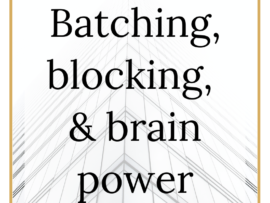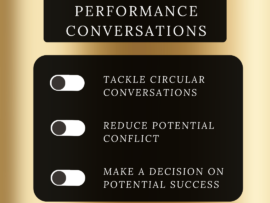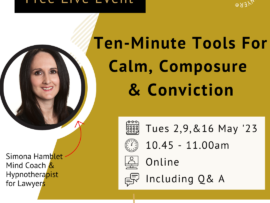When Swear Boxes Go Wrong – If Not This Comment Which Comment?
0 CommentsHumour, Flippant, Slightly Off, Inappropriate Comments, Offensive Statements
If not this comment which comment?
Having recently been asked about some posts on social media (not mine I might add) which had both tipped over into unacceptable, and had then reflected negatively back into the workplace. We were discussing how to best deal with it from a behavioural point of view.
One difficulty is, unless someone has been significantly holding back in the workplace, it is unlikely that any social media (or indeed other verbal of written) unacceptable comment, will truly come out of the blue, or be a big leap from previous behaviours.
And this is the danger.
Inappropriate comments, whether in a milder form, through to wholly unacceptable, offensive, discriminatory, harassing, bullying, or abusive comments, all start somewhere.
Either initially disguised in the unclarified line of where the back and forth comments, or certain types of comment, or humour, goes too far.
Or stemming from another type of interpersonal behaviour, or view, that is unacceptable and has not been previously dealt with.
All In Good Fun
We have all been there. Someone has said something that was a bit risky, or made us a bit uncomfortable, and we didn’t say anything. Or we played along.
Perhaps we did say something, but we were vague, or halfhearted, or laughed it off as we were addressing it.
The individual then did it again, or it got worse, and we struggled with what to do next, because we didn’t call it out in the first place.
Unacceptable Behaviour
Likewise, many of us have experienced the individual that displays aggressive, unpleasant, inappropriate, or challenging behaviours.
Yet nobody wants to tackle it (because they don’t want to be on the end of that behaviour or don’t believe they will be supported up the line). Or the firm/organisation choose not to tackle it (they believe the benefits of the individual outweigh the risks).
It may even be downplayed or excused, with comments such as, ‘oh you know what they are like’, or ‘they don’t mean it’.
It Starts With Culture
What is your office culture? Is yours one where –
- unacceptable behaviour is not called out
- unacceptable behaviour is not addressed
- senior managers, CEO’s, partners, dismiss it as being an issue
- there is low psychological safety
- complaints are overlooked or dealt with too aggressively
- individuals mimic senior management, and adopt and exaggerate the behaviour, to get ahead
Perhaps it varies depending on ‘who’ is behaving poorly or ‘who’ is raising the complaint.
What Happens
What happens when behaviours go unchecked and this culture is created?
1. At best, individuals, or groups of people, are uncomfortable, ill at ease, or even upset or angry, at various times during their working week.
They may say something. They may not. They may even play along for various reasons.
Any, or all, of which is not conducive for productivity.
People also hold back, there can be a blame culture, and ideas are limited. Organisations may have to deal with relationship challenges and ‘gripes’ on an ongoing basis that are hard to pinpoint.
Individuals are also unlikely to be talking positively about the workplace in their social environments (in person or online).
2. As it becomes more serious the impact on the business becomes significant.
Individuals resign (whether they raise it formally or not). They are off work with ‘workplace stress’, or it results in more serious physical or mental health issues.
They raise grievances, clients bring complaints, reputations are impacted upon, and businesses have to deal with disciplinary hearings, termination, the media, and potential Tribunal claims.
Creating A Cultural Change
As enthusiastic as individuals, or even HR, might be to create a cultural change. Buy-in from the top is key. Not least to ensure leading by example, alongside ensuring sufficient resources of time, energy, and finances. Training then supports this.
Typically, effective training or workshops, create an understanding of what is acceptable, and unacceptable, day to day. Identifying what those situations look like in reality. The training also helps to develop self-accountability, taking responsibility, and strengthen workplaces skills. Areas covered preferably include:
- what is acceptable behaviour and language, where does certain humour or types of comment, have it’s place, and where does it step over the line, and what are the boundaries in your workplace
- how to best address certain situation, taking into account the individual’s seniority and role, whether that is calling it out as soon as it happens (and it can be done lightly if appropriate), reporting it, or formally addressing it
- how to deal with challenging conversations or situations when it may become more serious
- gaining buy-in for individual, leadership, and managerial responsibilities
- identifying how individuals can find support, and ensuring clarity of what the firms/organisation response will be if they raise a concern
- and, if possible, creating a deeper understanding of bias and inclusivity
What About The Swear Box
The swear box reflected a fairly typical situation. A manager, in an attempt to curb swearing, specifically aimed at a few individuals, introduced a swear box. It was considered to be a way of highlighting the situation, without appearing too heavy handed. Maybe it could have worked, if the individuals had read between the lines, and taken it as a polite warning. However, it didn’t, and itself became a source of humour.
Ultimately two individuals were dismissed for a range of serious unacceptable behaviours (gross misconduct) including swearing (some of which was profound and from memory was also with clients, and in the earshot of clients), discriminatory comments in emails, and more. Perhaps that escalation could have been avoided, perhaps not, given the breadth of the chosen behaviours, it is unknown.
The swear box attracted some criticism that it had perhaps made light of a serious situation. The case did not stand or fall on this, and there were balanced comments about what was done well by the manager and organisation. However, it stuck in my mind.
Ultimately, the case was determined in the employer’s favour. One reason being that subsequent to that swear box being introduced, an email had gone out drawing a line in the sand around various behaviours, re-circulating policies, and then steps taken when that was breached subsequently.
Lessons Learned
- If you have identified certain individuals, or teams, addressing them individually may be more appropriate.Not least it can impact morale if others are tarred with the same brush, or managers are seen not dealing with the few that need to be spoken to. Ensure your managers/team leaders are feeling more competent and confident in doing so.
- In other situations, where perhaps it is a creeping change, or to provide guidance and setting of boundaries going forward, a firm/organisation wide communication may be appropriate.
- It can be useful to draw a line in the sand, so that people can start afresh. Be careful how it is phrased to avoid it being implied that past behaviours are being swept under the carpet. Or, that gross misconduct behaviours, or where acts form an ongoing pattern, from before that date, will be ignored.
- Send out regular reminders, have workshops, webinars, and training to keep the subject forefront in people’s minds.
When communicating through policies, or training, it also helps to ensure your organisation/firm:
1. Sets clear and realistic boundaries that are understood, around the use of certain types of humour or comments (it can be done), alcohol, and language in the workplace
2. Supports individuals with how to handle challenging conversations as appropriate for their role and responsibilities
3. Signpost ways for individuals to report and be supported (without it always being a grievance situation or necessarily to HR/managers) and be sure they understand how confidentiality is protected as much as is possible
4. Lead from the top to showcase the behaviours needed
5. Expand the reach to teach understanding about inclusivity, diversity, bias
Summary
We know that dealing with situations sooner rather than later prevents them from escalating.
However, it takes understanding of how to do that well (skills), where the line is (identification of acceptable behaviours) and confidence to achieve this.
As firms/organisations, we need to support everyone with all three, matching their roles and responsibilities.
Sometimes, with this type of training, it can help to have an external body come in. This helps to remove some of the discomfort, help identify where the boundaries are, and ensure an open conversation about the concerns, whilst gaining buy-in around responsibility and action.
As individuals, and something is said or done, that makes you uncomfortable. The chances are that you are not alone.
When debating if to say or do anything (and of course allowing for the seriousness of the situation) consider this. If this not this comment, which comment?
If you need any help with handling challenging conversations then please do get in get in touch, you can also find out more about workplace behaviour training here and sign up for more articles and upcoming events here.
Simona


